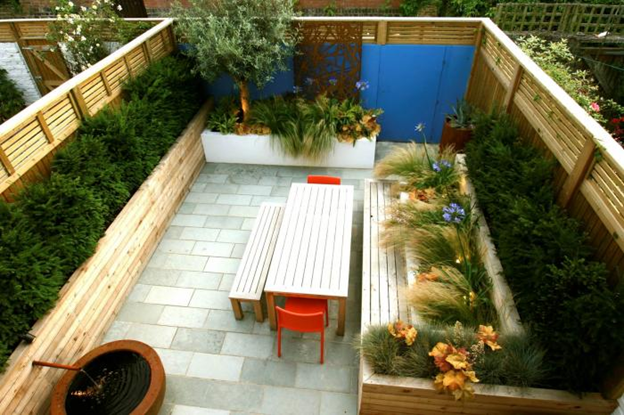When to comes to laying garden patios many people often believe that it is easy and that they can do it themselves, however this often leads to patios looking shabby and poor. When looking for a patio that is going to look the best that it possibly can it is important for people to employ a paving installer to assist them – paving installers have installed many garden patios and have therefore learnt all of the best methods and practices.
However, for some, the thought of laying their own patios is too exciting and they simply cannot wait to delve in and leave their mark on their properties. This is why we are here today to provide all with some expert patio laying tips… If you are interested in laying your own garden patio, keep on reading at your peril!
What you will need
- Hardcore
- Building sand
- Cement
- Cement mixer (optional)
- Shovel
- Rake
- Wheelbarrow
- Wooden pegs
- Hammer
- Spirit level
- Plank of wood
- Wacker plate
- Rubber mallet
- Bolster chisel
- Pointing trowel
Steps
- Clean the area you want to pave to a depth of 15cm, allowing room for the hardcore, mortar and slabs. Make sure that you have distributed any loose ground evenly and that there are no noticeably bumps
- Use a wacker plate to compact and level the hardcore
- Hammer wooden pegs inti the ground ensuring that they are the same height to mark the level surface of the patio. You should use your spirit level to make sure that they are all even
- Place several paving slabs on the ground so that you can figure out which shapes look good with one another, and also which interlock well with each other
- Make a mortar mix – One part cement to every five parts building sand. Lay slabs on a bed of mortar that is 5cm to 8cm deep, tapping them firmly into position using your rubber mallet
- Leave a 1cm gap between each paving slab that you lay – This will later be filled in with remaining mortar. When laying flags ensure that you at all times make sure that they are level with the pegs that you banged into the ground
- When all slabs are laid remove any splattered mortar to avoid staining
- Fill the gaps between the paving slabs with mortar using a pointing trowel




